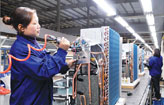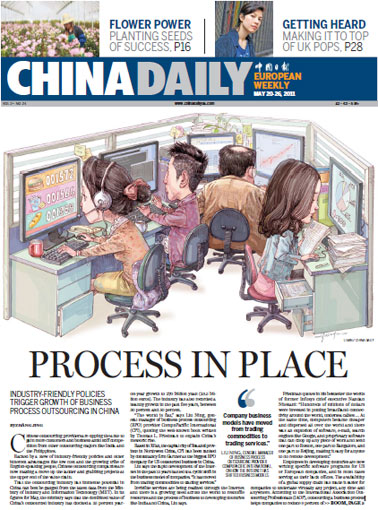Op-Ed Contributors
Preparing for effects of population trends
Updated: 2011-05-26 07:59
By Peng Wensheng (China Daily)
The National Bureau of Statistics recently highlighted some significant results from China's Sixth National Population Census that point to some major changes in the country's population trends - changes that will affect the economy.
|
||||
A reduction in the labor force will affect the potential growth rate, which is predicated on the consistent supply of workers, capital and productivity. Over the past 30 years, China's economic growth has been around 10 percent per year, due largely to the rapid growth of labor supply, capital resources founded on high domestic savings rates, and the rising efficiency of production.
As many developed countries have found - especially Japan with its seriously aging population - a reduction of labor supply affects economic growth. The saving grace may be that China is somewhat different, adding uncertainty to the plotting of future economic growth trends. For example, the increasing level of urbanization is good for economic growth. It means that rural labor is migrating from agricultural areas of low productivity to modern manufacturing and service industry zones of higher productivity.
E-paper

Thawing out
After a deep freeze in sales during the recession, China’s air conditioner makers are bouncing back
Cool Iron lady
Of good and evil
Build on security initiatives
Specials

Memory lanes
Shanghai’s historic ALLEYS not just unique architecture but a way of life

Great expectations
Hong Kong-born singer songwriter rises to the top of the UK pops.

A diplomat of character
Belgian envoy draws on personal fascination to help build China ties.




